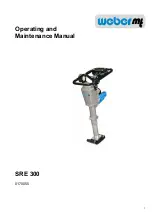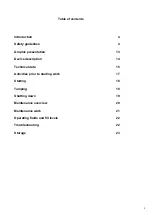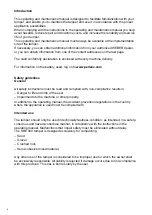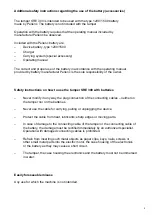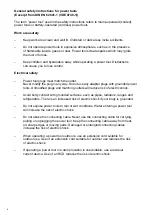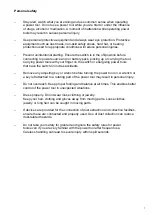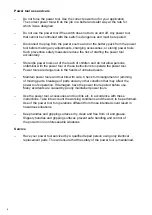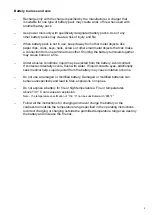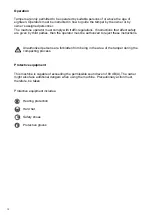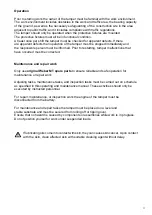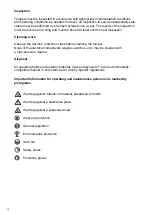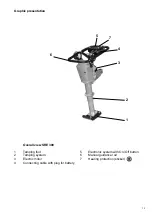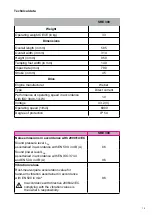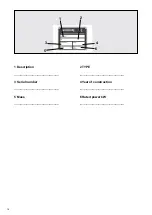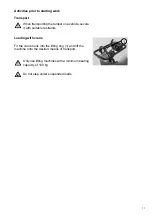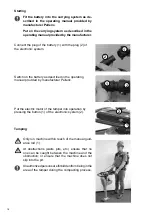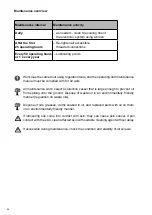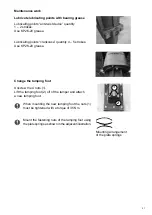
6
General safety instructions for power tools
(Excerpt from DIN EN 62841-1 (VDE 0740-1))
The term “power tool” used in the safety instructions refers to mains-operated (corded)
power tools or battery-operated (cordless) power tools.
Work area safety
–
Keep work area clean and well lit. Cluttered or dark areas invite accidents.
–
Do not operate power tools in explosive atmospheres, such as in the presence
of flammable liquids, gases or dust. Power tools create sparks which may ignite
the dust or fumes.
–
Keep children and bystanders away while operating a power tool. Distractions
can cause you to lose control.
Electrical safety
–
Power tool plugs must match the outlet.
Never modify the plug in any way. Do not use any adapter plugs with grounded power
tools. Unmodified plugs and matching outlets will reduce risk of electric shock.
–
Avoid body contact with grounded surfaces, such as pipes, radiators, ranges and
refrigerators. There is an increased risk of electric shock if your body is grounded.
–
Do not expose power tools to rain or wet conditions. Water entering a power tool
will increase the risk of electric shock.
–
Do not abuse the connecting cable. Never use the connecting cable for carrying,
pulling or unplugging the power tool. Keep the connecting cable away from heat,
oil, sharp edges or moving parts. Damaged or entangled connecting cables
increase the risk of electric shock.
–
When operating a power tool outdoors, use an extension cord suitable for
outdoor use. Use of an extension cord suitable for outdoor use reduces the risk
of electric shock.
–
If operating a power tool in a damp location is unavoidable, use a residual
current device. Use of an RCD reduces the risk of electric shock.

